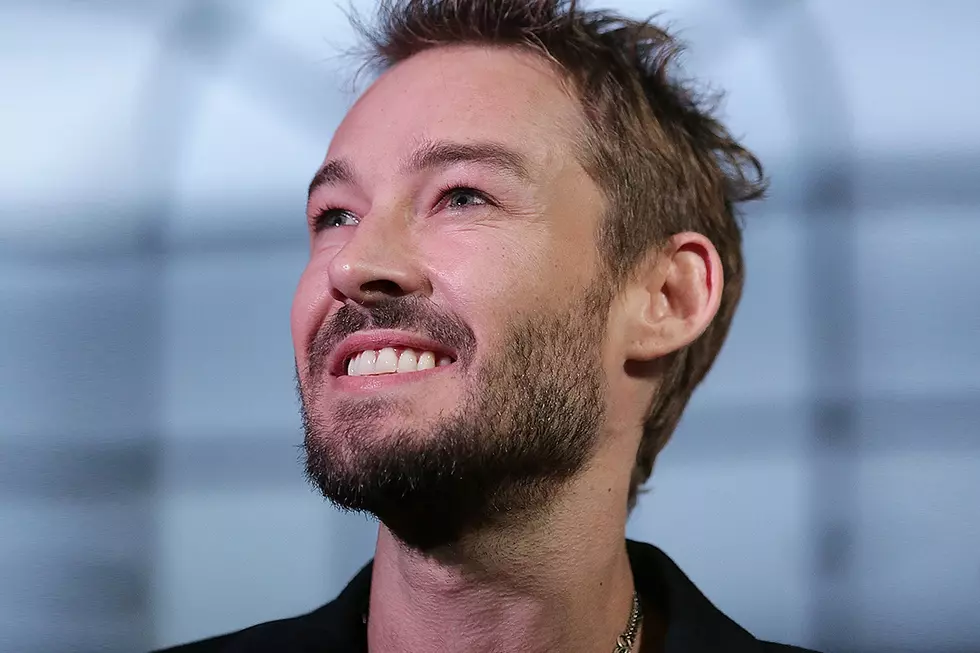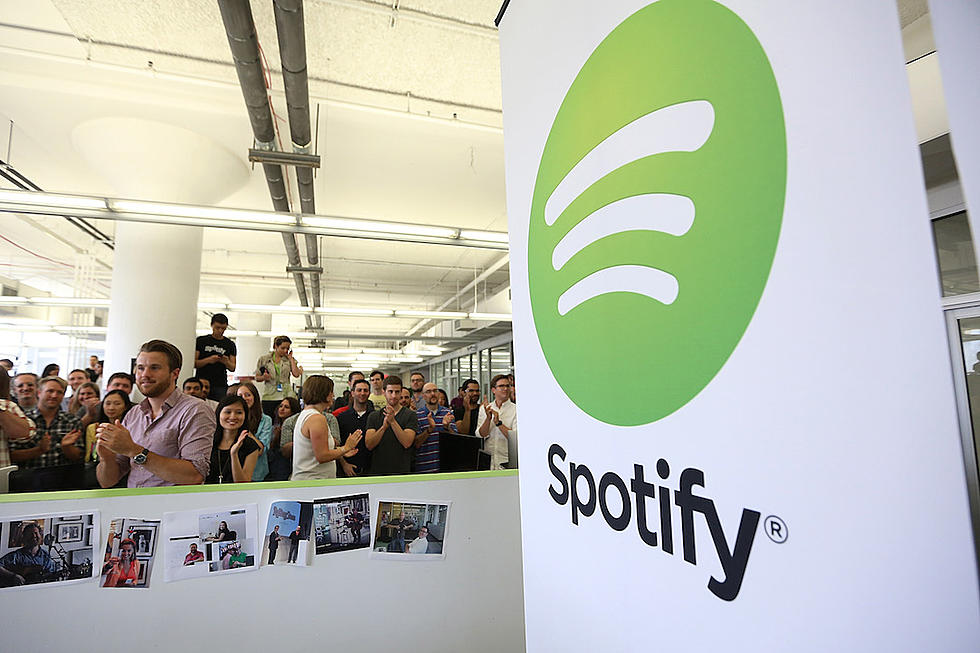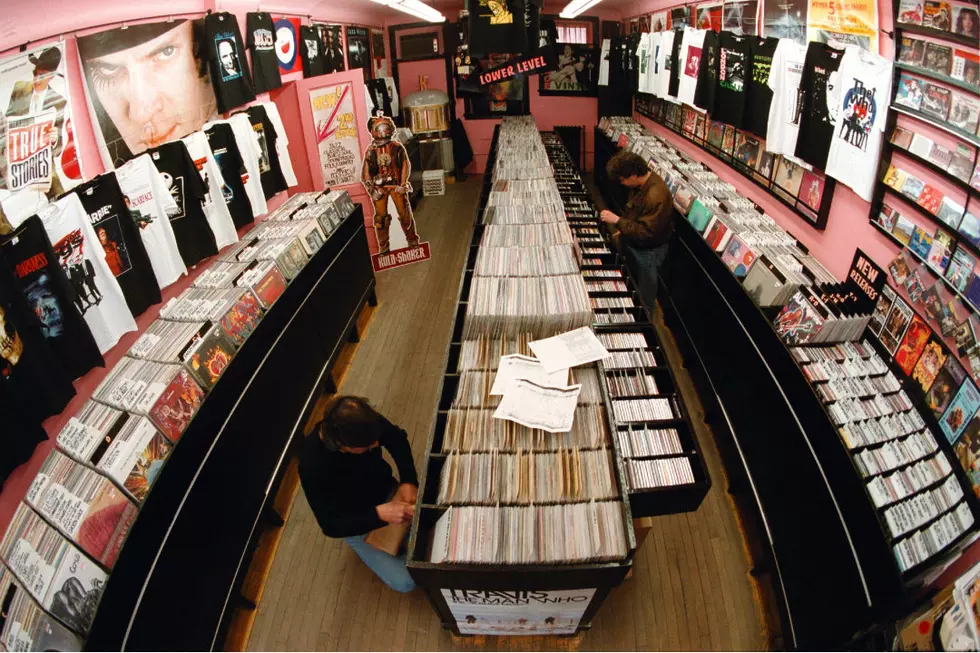
Filming the Concert? Leave it to the Pros
Filmmaker Albert Maysles passed away recently, at age 88. Maysles, along with his brother David, made 20 films during a career that began in 1963 and ended with David's death in 1987. Albert made an additional 18 films on his own, including 2009's Rufus Wainwright - Milwaukee at Last.
That's an impressive filmography, but to music fans they'll always be known as the directors of 1970's Gimme Shelter, which documented the Rolling Stones' ill-fated free concert at California's Altamont Speedway.
The brothers' film cemented a very specific narrative in the popular consciousness: "Altamont is the Rolling Stones concert where the Hell's Angels stabbed a guy to death." That's an absolutely true statement, but it's hardly comprehensive. The genius of Gimme Shelter -- and of any rock and roll film, really -- was its ability to create a mythology from actual events.
This isn't an essay on that particular film. My point is simply this: What most of us know about Altamont is what made the final cut of the film. If you didn't know that Crosby, Stills, Nash & Young or Santana played the festival, you're not alone. Neither act performs in the film, essentially erasing them from the history of the event.
Similarly, you're forgiven for thinking that Ike and Tina Turner played Altamont. Their concert footage is actually from the Madison Square Garden stop of the same Rolling Stones tour.
Michael Wadleigh's Woodstock documentary makes similar historical omissions for various reasons. Turning three days of peace, love and music into three hours of cinema mandates that some artists simply aren't going to make the final cut. Additionally, technical issues seriously affected footage of some bands, and in a couple of cases artists didn't want anything to do with the film.
Neil Young stands as the most famous of the latter group. Crosby, Stills and Nash's acoustic set remains a highlight of the movie, but their electric set with their fourth member is lost to the ages because Young refused to play with Wadleigh's camera crew on stage, feeling that they were too invasive. As a result, the Woodstock mythology remains cemented as a wonderful night for CSN without the Y.
Another factor in what has become the canonical Woodstock is record labels. Warner Bros. owned rights both to the film and soundtrack, and as a result both favor Warner artists. That meant that some of the finest performances from the festival remained in the archives for nearly 40 years, like Buddha Records artist Bert Sommer, who followed Richie Havens on day one:
Sommer's career never got the "Woodstock bump" that launched so many other artists when the film was released. In fact, his name was even mistakenly omitted from the marker erected at the concert's site in 1984.
Lesser known artists like Sommer, Quill, and the Incredible String Band aren't Woodstock's only forgotten acts. Creedence Clearwater Revival, the Grateful Dead, and Melanie "I've Got a Brand New Pair of Roller Skates" Safka all made appearances at the festival, though none made it into Wadleigh's final cut for different reasons.
Even "final cut" is sometimes a slippery concept. Alternative music fans who were lucky enough to have cable television in the '80s enjoyed repeated viewings of the great documentary Urgh! A Music War on the USA Network. Those of us with more frugal parents got by with the soundtrack, 27 tracks of post-punk goodness like this classic from the Members:
My audio-only vision of Urgh! topped out at 27 cuts. I listened to that album so many times that I could recite the running order of both the bands and songs. My cable-having buddies could do the same, but their Urgh! included tracks from punk legends Chelsea and the Dead Kennedys, among others.
Matters became even further confused over time. Much like recent director's cuts and other special editions of Woodstock, Urgh! A Music War has changed over time. Additional footage has been added to replaced damaged footage; acts have been added or removed. My favorite performance, Gary Numan's "Down in the Park" (later covered by the Foo Fighters), doesn't even appear in some airings of the film:
In a way, Urgh! is the antithesis of films like Gimme Shelter and Woodstock, with their rigid "this is how it was" narratives. Urgh! remains loose, almost a "choose your own adventure" film that reinforces the DIY ethos of the bands it documents.
What the Maysles brothers, Wadleigh and filmmakers like D.A. Pennebaker and Julien Temple brought to rock and roll was iconography, not in the sense that they created the moments, but rather that they captured and contextualized them. The Beatles' rooftop concert, for example, would always have been of interest to Beatles fans, but by capturing it for his film Let It Be, Michael Lindsay-Hogg turned a one-off moment into the stuff of legend:
Now we find ourselves in the era of the citizen journalist. Most of us carry around more recording power in our pockets than was available to the Maysles brothers during that fateful day at Altamont, and thanks to social media many of us don't feel the constraints of time, label loyalty or contractual obligation. If there's a 50th anniversary Woodstock concert, I can guarantee every single performance will end up on the internet.
What we don't have, though, are their filmmakers' eyes -- their sense of story. It's not just about pointing your phone at a band and pressing record. I wonder whether any modern concerts will achieve the legendary status of an Altamont, but I doubt it.
Without an Albert Maysles to provide context, a concert is just a concert, no matter how good or bad.
Without an Albert Maysles to provide context, a concert is just a concert, no matter how good or bad. So put down the cellphone and enjoy the moment. You'll be glad you did.
More From Diffuser.fm









